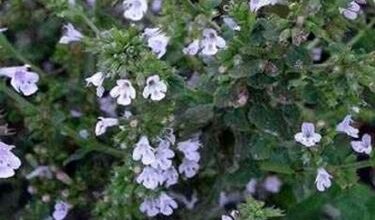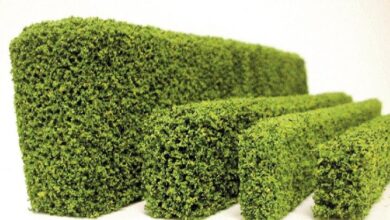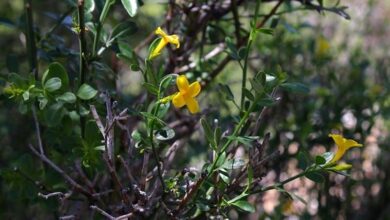Red lice
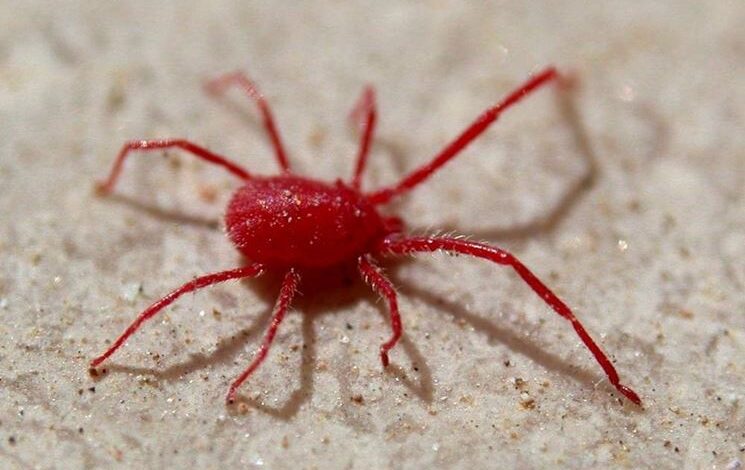
Red head lice: general characteristics
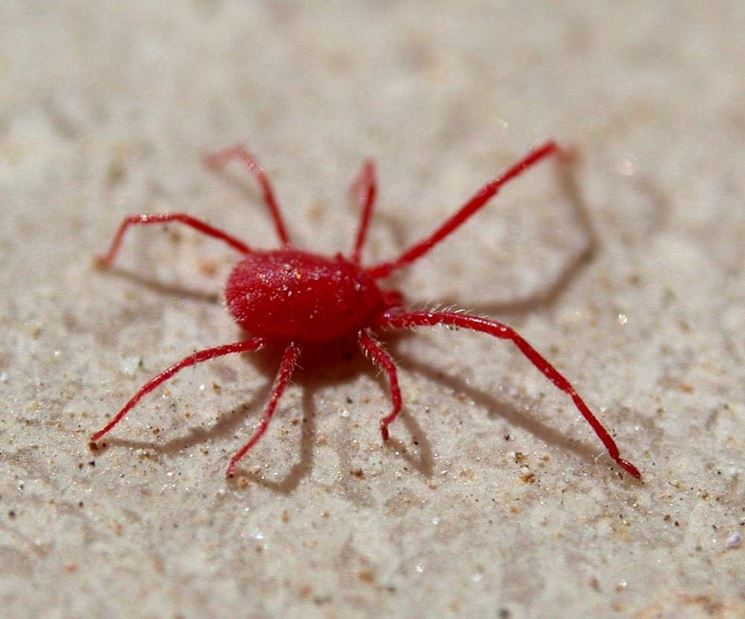
Red head lice: causes and prevention

But what are the causes of the infestation of these parasites? How can they be prevented? The red head lice need for a proliferation of special climatic conditions: in fact, these spiders do not grow in humid and cool, while playing out of proportion in hot, dry places. Precisely for this reason they tend to appear and infest plants in the spring and summer season. A red lice infestationit is characterized by the fact that the upper page of the leaves tends to discolour and then fall off; the lower page, on the other hand, becomes necrotic leading to the death of the plant. As far as prevention is concerned, it actually passes through a very simple operation: it is enough to keep the leaves and buds continuously wet through frequent irrigation.
Red head lice: natural remedies
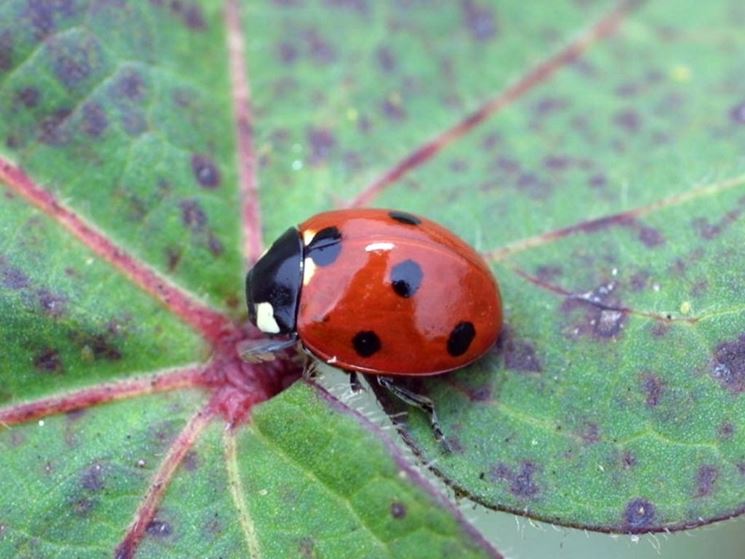
Once you realize the infestations of red lice you can consider two solutions: use natural remedies, which are still very effective and minimally invasive, or use chemical remedies. A potential ally in the fight against red lice is its natural predator, another mite called Phytoseiulus. Some moths and beetles, including ladybugs, are also potential predators of spider mites and can help eliminate the problem. Other natural remedies are onion-based sprays that acts as a natural repellent, or a garlic-based solution that must be sprayed on the leaves especially in the evening. Finally, in the presence of particularly infested plants, the leaves can be manually removed.
Red head lice: chemical remedies
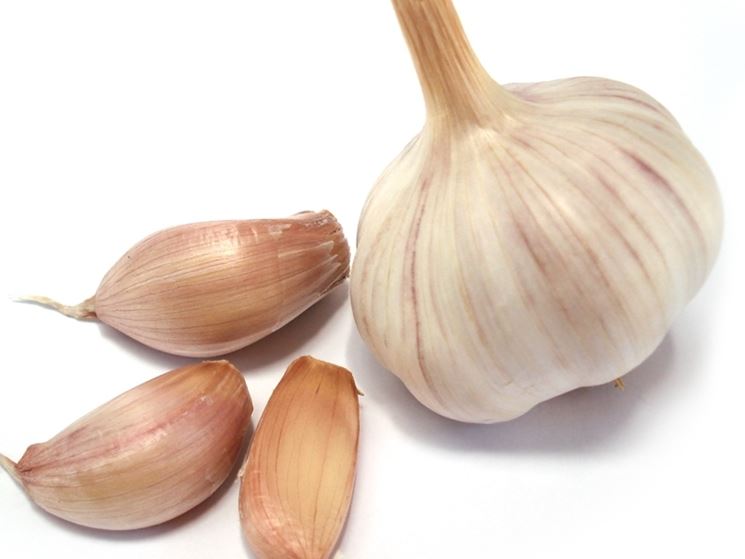
In the event that natural remedies do not work or the infestation proves to be too extensive, you can opt for chemical remedies. Before buying an insecticide, you should know that not all generic ones are effective in the fight against red lice. In fact, since these are arachnids, a non-specific insecticide could only further damage the plant, without harming the spiders in any way. Among the most useful pesticide repellents in the procedure for the elimination of these parasites we remember abamectin, fenazaquin and etaxanol. Floramite, a biodegradable product, is also recommended in the fight against the red louse. Some of these insecticides act by eliminating both parasites and their antagonists, while others act specifically only on spider mites.

